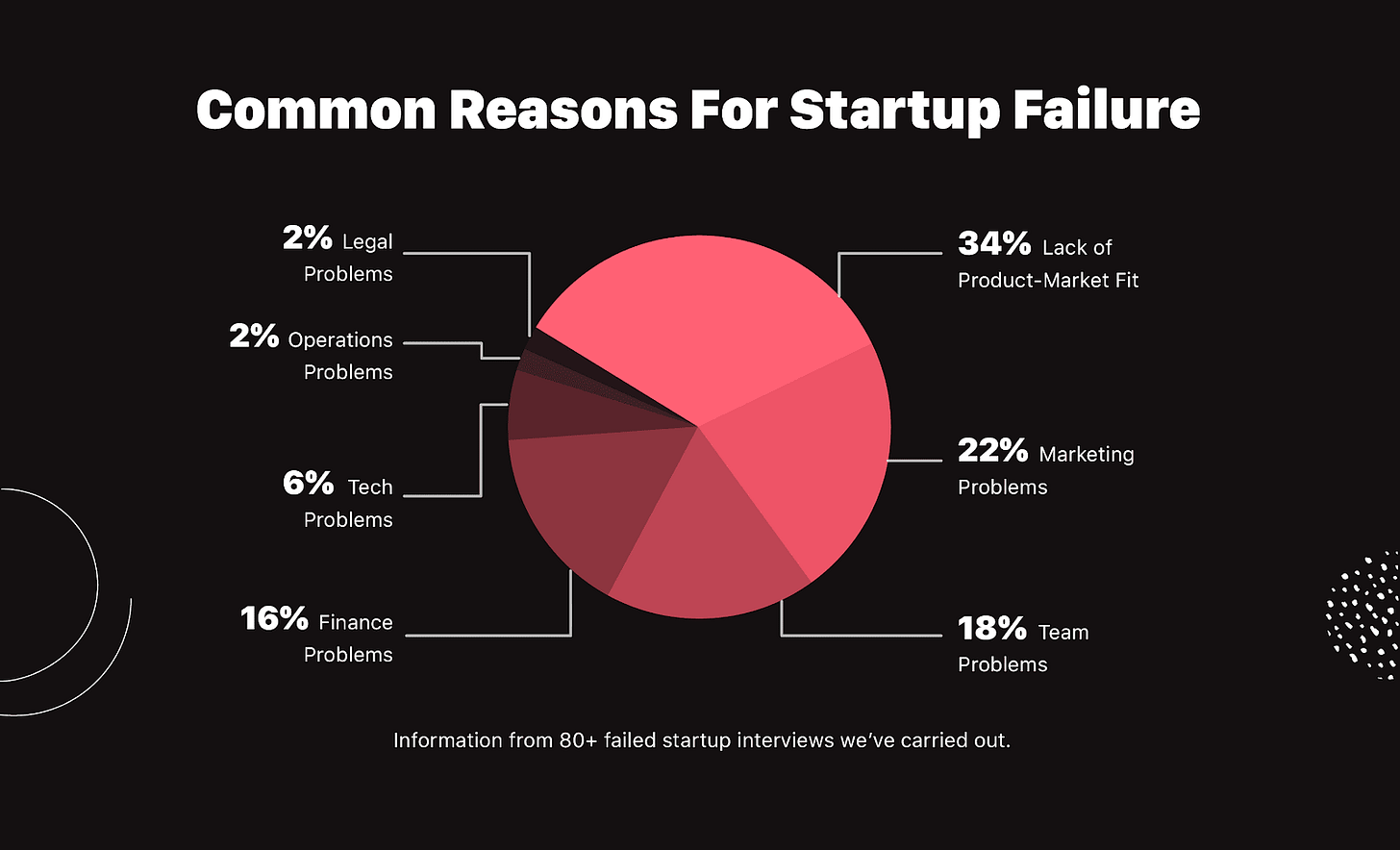In my last post I discussed how forming a strong professional network remains a reliable pathway for creating value in an AI-driven economy. Today’s post discusses another AI-proof value of good social skills: figuring out what people know and want.
The key issue is private information. AI models have access to public data, and in the future they may also get trained on widespread but siloed company records. They cannot observe tacit knowledge, or things that people know but might not be capable or willing to share.
Withholding tacit knowledge strategically
In some cases, people have an incentive to withhold tacit knowledge strategically. Anyone who has made a major purchase, negotiated a salary, or haggled with a street vendor knows that sharing too much information about what we know and want can backfire. By keeping people guessing we might be able to get more, a concept in economics known as extracting information rents. Truthfully telling a street vendor that we would pay $50 for a hat is a sure way to pay $50 for it; obscuring how much we would be willing to pay may save us some money to spend on matching sunglasses.
Using AI cannot solve the problem of uncovering strategically held tacit knowledge. In complex negotiations humans may in fact do better than an AI. Would you rather negotiate a home sale with a human or an AI model? Most people would likely choose the human, and not just because it’s less creepy. Another reason to choose a human interlocutor is articulation—ensuring the counterparty’s wants are represented with high fidelity.
Wants are often subconscious, automatic, and hard to explain, even to ourselves. A buyer may love a specific light fixture or piece of furniture in a home so much that it convinces them to put in a bid to buy the house. They would even be willing to make concessions to the seller in exchange for keeping the furniture. These preferences may be very challenging to communicate to an AI. How much does the buyer value the living room furniture set? Would they be willing to pay $10,000 extra for it? Or would they be willing to reduce repair requests or speed up the closing timeline in exchange? These sorts of preferences are intuitive more than they are explainable, and may in fact change based on whims or shifts in circumstances.
Well-articulated preferences can increase potential gains from trade since they expand the breadth of things to find common ground over. If information about preferences gets lost in communication with an AI, it could erode gains from trade and lead to worse outcomes for both sides as they haggle over information rents. Richer preferences means more opportunities for exchanging things that matter greatly to one side but little to the other. This may not matter for simple transactions, but it could have big effects on major, complex deliberations like home purchases.
Sometimes we can’t say what we want
Articulation challenges apply even when no one has an incentive to strategically withhold information. Consider creating a new product. The first step to building a successful product is finding product market fit, or ensuring that people want to spend their time or money on what you’re offering. Often no one has an incentive to lie about whether they want a product. The problem is getting them to invest their time and money enough to figure out if they want it in the first place.
In some cases, determining product market fit is easy. TikTok influencers can quickly tell whether people want their content by tracking their views and engagement. They benefit from two features of social media content: quick experimentation, and easy measurement. Watching a video on TikTok takes seconds, so users face little cost in trying it out and seeing if they like it. They can also immediately provide useful feedback with their engagement. These features make social media especially conducive to AI-created content, which likely explains why bots proliferated on platforms like Twitter with short content and rapid virality.

Many products do not look like TikTok videos or tweets. An enterprise AI product may take lots of time and resources for a business to just try out. Feedback loops are slower, and simple metrics don’t exist for measuring success. Again, the issue is articulating preferences. Companies adopting an enterprise AI product have complex needs. They may not even know those needs without first going through some reflection and experimentation.
Just ask
How then to find product market fit in scenarios where clients have complex preferences? The best approach is to just ask. Finding potential clients and talking to them is likely the most effective and fastest way to learn well-articulated preferences. Experience in the industry can also give the tacit knowledge needed to anticipate and build what users want, even if they haven’t realized they want it yet.
As in the home-buying case, humans are much better equipped to do this sort of work than AI for the foreseeable future. Well-articulated preferences are private information that cannot be found in public data or often even in private data. They may not even exist without some careful thought, and may change frequently. Social skills like networking, asking good questions, and selling a vision represent the best way to uncover preferences, and that seems unlikely to change barring incredible advances in mind reading or human-like robots.
Putting ourselves out there and investing in our relationships with people could help ensure interesting and well-paid work. In addition to the social and psychological benefits, chatting more may help make us AI proof.


